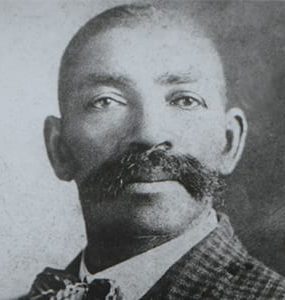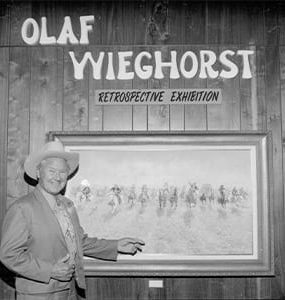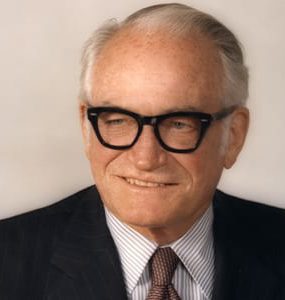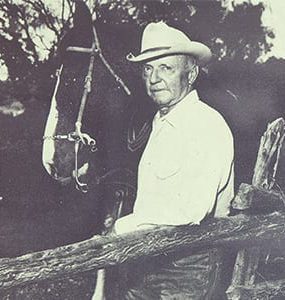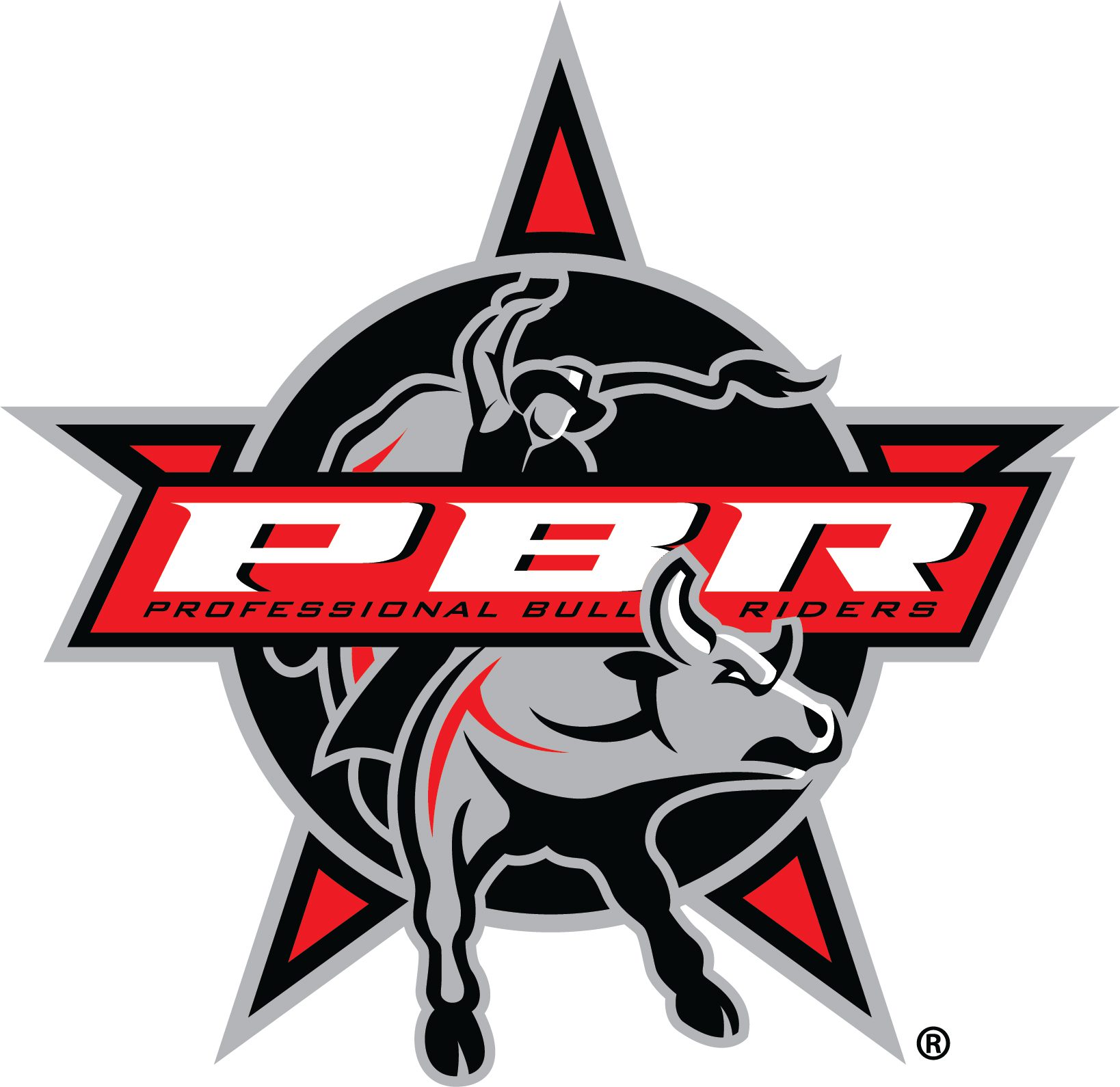Bio
William Roderick James (1892–1942), born Joseph Ernest Nephtali Dufault in Quebec, Canada, was a Canadian-American artist and writer best known for his works depicting the American West. His most famous book, Smoky the Cowhorse, won the 1927 Newbery Medal and cemented his reputation as a significant figure in cowboy literature. James’s early life was marked by his move from Canada to the United States, where he adopted a new identity and lifestyle as a cowboy. After a stint in prison for cattle rustling, James focused on his art, developing a talent for illustrating cowboy and rodeo scenes.
In the 1920s, James began writing, and his works often featured his own illustrations. His authentic portrayal of cowboy life garnered attention, and he sold several short stories and articles. His first major success came with Smoky the Cowhorse, followed by his autobiographical work Lone Cowboy in 1930, which was a bestseller. Over his career, James wrote and illustrated 23 books, five of which were adapted into films.
James’s later years were spent on a ranch in Montana and in the California desert, where he continued to write. His legacy as a chronicler of the American West lives on through his art and writing. He was posthumously inducted into the Hall of Great Westerners in 1992 and is remembered for his contributions to cowboy culture and literature.



